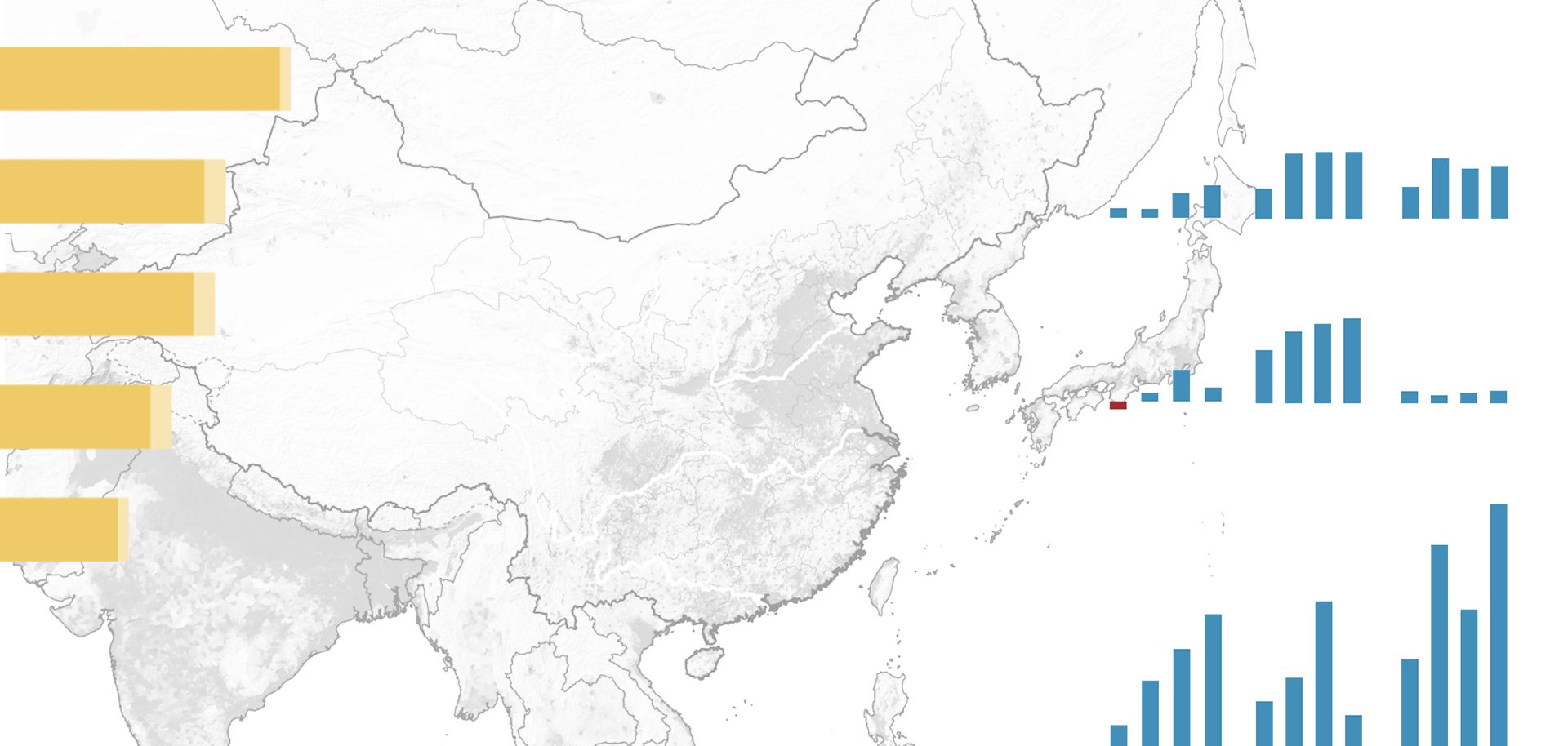
NATO is finding renewed purpose after struggling to maintain itself in the post-Cold War period. The organization was created to counterbalance the might of the Soviet Union after World War II, but the Soviet collapse in 1991 removed the threat around which NATO had been formed. As the alliance struggled to redefine its strategic focus, three broad trends emerged. First, there was a steady decline in defense spending by NATO member countries. Second, there was the general downsizing of military forces that corresponded with increases in firepower and potency. Third, there was an expansion of the organization to include several former Soviet states, thereby exposing much of the Soviet core.
In fact, NATO has more than doubled in size over its lifetime, expanding from an original group of 12 countries to its current 28 members. There have been six main phases of expansion, three occurring during the Cold War and three after. Turkey and Greece became the first new members when they joined in 1952, followed by West Germany in 1955 and Spain in 1982. The final three additions to NATO occurred in 1999, 2004 and 2009 and brought former communist countries into play, expanding NATO's northern sector. This growth enabled the organization to develop a much more flexible and responsive strategy than the previous forward defense concept allowed.
The expansion of NATO was not without its consequences. By getting so close to Russia's borders, NATO agitated Moscow, which views the proximity of the alliance as a genuine threat. As a result, Russia has worked continuously to undermine any Western neighbor.
Russia's renewed aggressiveness during the Ukraine crisis has snapped NATO back into focus. NATO is the strongest alliance of its type, but size and complexity hamper its ability to make fast, large-scale decisions. If, in an extreme example, Russia were to aggressively take back the Baltic states, there is little NATO could do to prevent it. In the short term, NATO would simply lose ground, but the alliance's eventual response would be devastating for the Russians. It may be slow to move and slow to agree, but given cause, NATO can still muster a force without equal. Ultimately, NATO's long-term survival depends on the re-emergence of a unifying threat and on continuous efforts to shape the alliance into an organization that can deal with the myriad capabilities and interests of its member nations.



